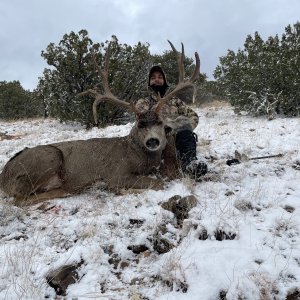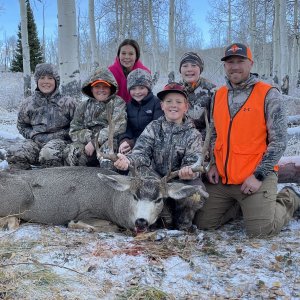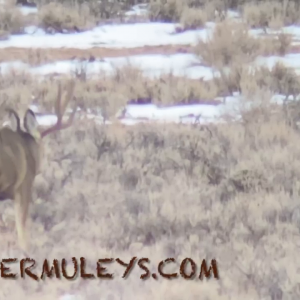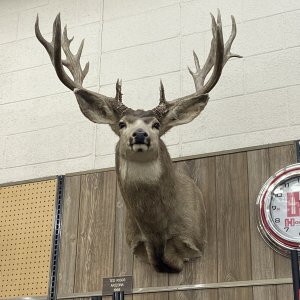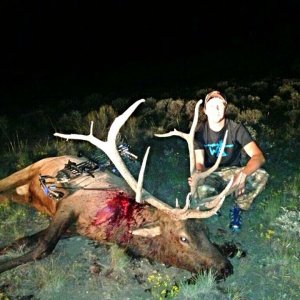Wiszard
Long Time Member
- Messages
- 11,244
My Dad and I have had a problem in the past with bringing our antelope horns back from Wyoming and they begin to stink. It turns out that their horns (sheaths) get maggots inside the horns. They are then loose so we take them off and then clean them and dry them. From that time on the horns are loose unless we can glue them on or something. Anyone have this happen, and is there a propper way to treat antelope horns? We're leaving on Thurs, the 12th for Wyoming so The more quick info. the better! Thanks in advance.

